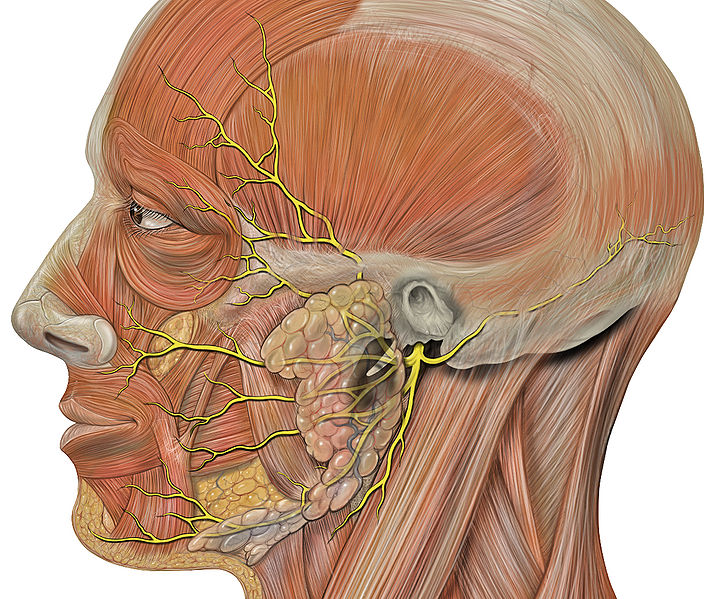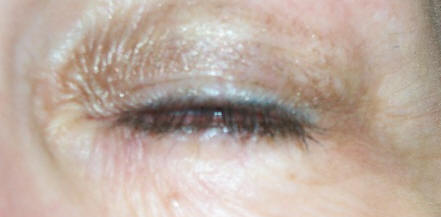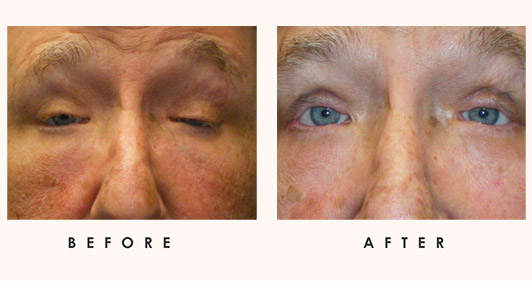Poor Eye Closure
Jump To
ANATOMY & FUNCTION OF THE FACIAL NERVE
The facial nerves control the muscles of facial expression. These include the frontalis muscle which raises the eyebrows, the orbicularis oculi muscle which closes the eyes, the zygomaticus muscles which raise the angle of the mouth. Incomplete eye closure, or lagophthalmos, is caused by facial nerve paralysis. The related branches of nerves are described below:
- Greater petrosal nerve – provides parasympathetic innervation to lacrimal gland, sphenoid sinus, frontal sinus, maxillary sinus, ethmoid sinus, nasal cavity, as well as special sensory taste fibers to the palate via the Vidian nerve.
- Nerve to stapedius – provides motor innervation for stapedius muscle in middle ear.
- Chorda tympani – provides parasympathetic innervation to submandibular gland and sublingual gland and special sensory taste fibers for the anterior 2/3 of the tongue.

ETIOLOGIES
When the orbicularis oculi muscles weaken, caused by nerve damage or disease, a condition of partial paralysis leads to a diminished blink, incomplete eyelid closure (lagophthalmos), and sometimes impairment of the nasolacrimal pumping system. Patients with lagophthalmos have an inability to completely close their eyelids. This may possibly occur, for instance, in patients with Thyroid eye disease. The inability to blink and effectively close the eyes leads to corneal exposure and excessive evaporation of the tear film.
The condition of having poor eye closure can be congenital or acquired. Congenitally rare, Moebius’ Syndrome is present at birth and results from underdeveloped facial nerves that control eye movement and facial expressions. The condition can also affect the nerves for speech, swallowing, and chewing. Poor eye closure can also be acquired from trauma resulting in Bell’s Palsy or vascular lesions. Tumor trauma, specifically acoustic neuroma, parotid gland, and temporal bone tumor, can also result in incomplete eye closure. Symptoms include both tearing and atonic eyelids.

At Idaho Eyelid and Facial Plastic Surgery, we provide solutions to poor eye closure resulting in discomfort and sometimes pain. The most common surgical treatment for lagophthalmos is the insertion of a gold weight implant in the upper eyelid. This enables eyelid closure and protects the cornea. Ectropion repair can also be a useful technique in addressing lagophthalmos, as the lower lid margin is raised to meet the upper lids. When the lid is stitched back together, the tendons and muscles will be tightened causing the lid to rest properly on the eye. Contact us to learn more about the best solutions to your poor eyelid closure concerns.



